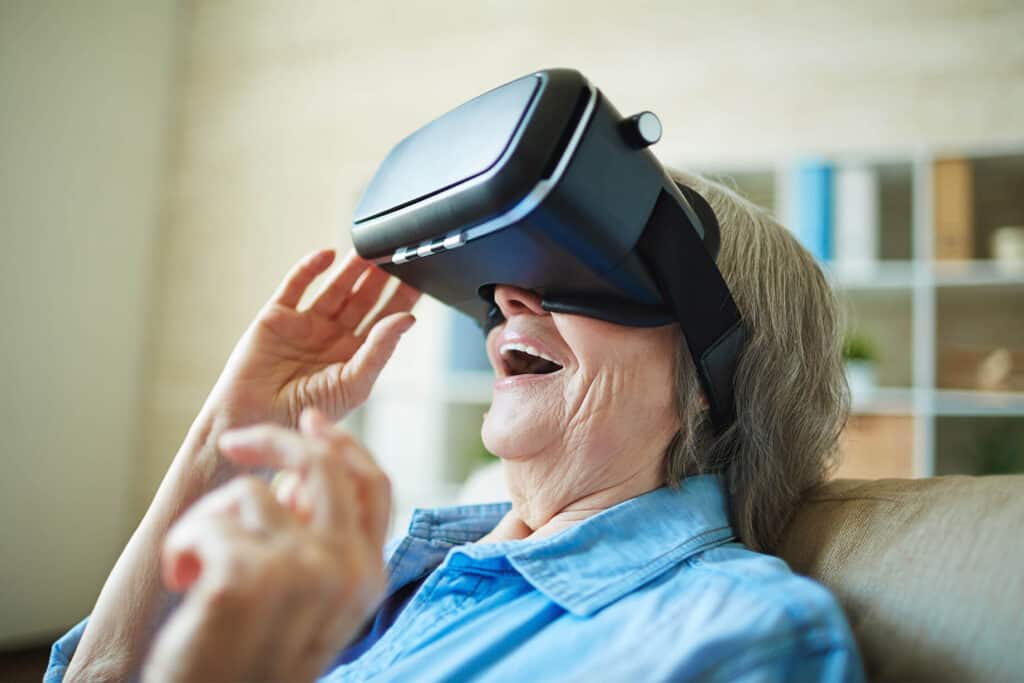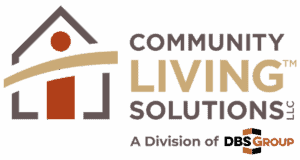How Technology Can Help with Workforce Shortages and More in Senior Living
Thursday, August 3, 2023
We recently shared some New Ideas to Address the Workforce Shortage in Senior Living, including policy changes, employee recruiting and retention tips, on-campus housing and technology. While automation has been around for decades, the introduction of the Generative Pre-trained Transformer like ChatGPT and similar artificial intelligence (AI) tools promise to transform not only senior living but our entire world.

What’s the difference between automation and AI? Automation performs repetitive tasks without human involvement. AI involves a machine performing something like human thinking. It can interact with the world without receiving prior instructions and make a decision based on learning from experience and information it receives.
Many industry experts are wondering how soon providers will be able to use AI and other types of technology and devices to improve staff productivity. At the same time, others are encouraging providers to proceed cautiously and wait for regulations before implementing solutions, especially as it relates to safely using AI for tasks like providing medications and the monitoring of blood glucose levels and more.
“AI and Robotic Process Automation (RPA) will continue to evolve and accelerate the digital transformation in healthcare,” said Joel Prevost, HSE, LNHA, MBA, of Prevost Partners. “However, there are many mature technologies on the market that operators can adopt now with relatively low risk that will improve efficiencies and take pressure off the workforce.
“Leading operators are adopting solutions that remove mundane tasks or minimize human error. For example, scheduling software revolutionized the processes for staffing and provided real-time access for managing complex staffing models remotely. Robotics are being used for food delivery and cleaning which can reduce hours required for cleaning and meal service, not to mention reduction in potential injuries related to manual labor for scrubbing and vacuuming.”
Experts like Prevost predict using AI will create even more efficiencies in administration and operations. At the same time, technology is providing other benefits like improved patient monitoring and safety and more options for programming and engagement.
How Technology Is Helping with Administration and Operations
A new report by Accenture® estimates 40% of all healthcare working hours can be supported or supplemented by language-based AI. While that might seem far-fetched, the latest results of the Executive Survey by the National Investment Center for Seniors Housing Care show providers are using technology to improve efficiencies in the following areas:
- Almost 9 in 10 (86%) senior living and care organizations are using technology to improve efficiencies in human resources.
- More than half are deploying technology in marketing (59%) and finance (55%). Marketing includes things like virtual tours and customer relationship management systems, while finance includes tasks like accounting and procurement.
- Two-thirds (67%) are using technology in operations, including administrative work like scheduling hours, electronic medical records and more.
Technology Improves Resident Care and Engagement
Sensing Systems Can Detect Possible Falls and Wandering Patients
In one senior living provider’s memory care unit, a six-month pilot using AUGi® (Augmented Intelligence) allowed staff to conduct “rounds” virtually, helped to determine staffing needs and recorded 400 resident fall “saves.”
The sensor system uses machine vision, AI and behavioral, environmental and digital data to observe residents while maintaining their privacy through images and video, so staff can respond quickly before or after a fall. It also collects data on which staff members are entering rooms, how often and for how long to inform care plans and staffing needs. In addition, staff can do “rounds” virtually via video instead of having to physically check each room, which not only saves time but can be disruptive to residents.
By the end of 2023, AT&T® expects to launch what it’s calling an “industry first” that will also do more than just save staff time. It’s a contactless monitor that provides some of the same benefits as AUGi but without cameras. Cherish Serenity uses AI radar technology to sense vital signs and body movements, including falls or other safety risks. The device looks like a small speaker and doesn’t require wearable trackers or cameras, so it also protects the privacy and dignity of residents.
CyberLink Corp. also recently launched its People Tracker Tool to help find residents who have wandered due to Alzheimer’s disease or other dementia. It uses AI to recognize and track movement of individuals. Not only does it help find residents faster, it tracks the shape of a person (upper and lower body) and doesn’t use facial recognition, so will better protect resident privacy as well.
Resident Engagement and Programming Made Easy with Technology
In addition to reducing the time that staff might need to take to provide programming, technology is improving quality of life for many residents, including some with physical or cognitive abilities that might have previously prevented them from participating.
iN2L® LifeLoop® recently announced an expansion of its wellness content for all senior living residents regardless of abilities. Through new or expanded partnerships it now offers live-streamed virtual international travel, and other streaming content like fitness classes, therapeutic music and scholarly lectures from top-tier universities.
Virtual Reality (VR) is another option for programming that is becoming easier to use, more available and more affordable according to research published in the April issue of JAMDA, the journal of AMDA–The Society for Post-Acute and Long-Term Care Medicine. Because of its immersive experience, the study found that virtual environments stimulate emotional responses and could also be a key in managing psychosocial disorders.
Another digital engagement company for senior living, Uniguest, also announced an acquisition that should improve connection and reduce social isolation for hearing-impaired residents. The program provides advanced wireless headphones to increase accessibility for residents of varying levels of hearing loss, and access to a curated library of interactive content programs designed for older adults.
As existing technology continues to evolve and new solutions emerge, we encourage you to subscribe to our email list below to receive future blog posts that address these and other trends in senior living.
Search Blog
Categories
Archives
- June 2025
- August 2023
- April 2023
- February 2022
- March 2021
- February 2021
- April 2020
- January 2020
- December 2019
- November 2019
- July 2019
- April 2019
- March 2019
- February 2019
- January 2019
- November 2018
- September 2018
- August 2018
- July 2018
- June 2018
- May 2018
- April 2018
- March 2018
- February 2018
- January 2018
- December 2017
- November 2017
- October 2017
- September 2017
- August 2017
- July 2017
- June 2017
- May 2017
- April 2017
- March 2017
- February 2017
- January 2017
